

Neuro-Linguistic Programming (NLP) is a way of thinking about how the world works, and analysing how excellence is and can be achieved in everyday life. This book explains what NLP has to offer and how you can use it to help you, whatever stage you are at in life, whatever your goal may be.
Why read this book?
NLP offers you techniques to create new results. Perhaps you would like to be a better communicator, enjoy smoother relationships, a better social life or greater career success, earn more money, rid yourself of a habit or phobia, or just know yourself better. Perhaps you are successful in conventional terms but there are still things you would like to change within yourself. You can use NLP to coach yourself, so that you feel happier and more fulfilled. In business, you can use NLP to coach your colleagues, for sales, for presentations and for improved communication and management.
How does NLP work?
NLP is concerned with how the top people in any field consistently achieve results. It is more than this, however it provides a series of practical techniques that can be learned and applied to all areas of life. The belief behind NLP is that each person who achieves outstanding results has his own method, process and structure. NLP analyses his thinking and behaviour to make a model of excellence that anybody can copy. Next, NLP shows you how to use this model to replicate the successful methods, and create your own successes. NLP can help you to make use of your inner potential, create a vision and purpose, set effective goals and achieve them.
How to use this book
This book, a pocket edition of Need to Know NLP is for anyone who wants to learn about NLP. First, it explains the basic principles, then it looks at techniques for removing barriers and moving towards success. There are exercises throughout the book designed to help you put NLP techniques into practice.
The aim of the book is that you will be able to use your new skills to improve your life. You can begin to use these skills straight away. They are all tried, tested and highly practical. The more you are able to practise them, the better. Try to do the exerecises as you go through the book, since you will find this helps your understanding grow. Most importantly, NLP is about experimenting and enjoying new things, so have fun!


In essence, NLP consists of a methodology and a series of techniques for achieving excellence in day to day life. Its structure comes from modelling people who are successful in many different areas. NLP teaches that it is not what happens to you that makes a difference, but what you do with it.
The term Neuro-Linguistic Programming refers to the unconscious processes we use to produce behaviour and therefore results.
Each component of the name is important: Neuro refers to the nervous system. Our experience of the world enters the brain via the nervous system and the five senses:
 visual seeing
visual seeing
 auditory hearing
auditory hearing
 kinaesthetic touch
kinaesthetic touch
 olfactory smell
olfactory smell
 gustatory taste.
gustatory taste.
One of the first things that NLP is concerned with is how we process this sensory experience and translate it into conscious and unconscious thought.
Linguistic refers to language, specifically the way we use language to give meaning to experience. You communicate your unconscious and conscious thoughts both verbally and non-verbally.
Programming indicates the ways in which we consistently think or behave. Just like a computer, each of us runs specific programmes to produce our behaviour. Programmes consist of a series of steps that automatically produce certain results in different circumstances. NLP can reveal the programmes you run and the results they produce. It also gives you the means to change your own and other peoples programmes to produce the results you want.
At the heart of NLP is the belief that anyone can achieve success by learning how other people get their results. This is called modelling.
Modelling
To model someone, you identify a person who does something excellently and you observe how he does it, specifically by looking at, questioning and analysing him to discover:
that persons language, i.e. the words he uses and the structure of his language
his physiology, i.e. how he uses his body
his thinking, beliefs and values, unconscious and conscious.
By copying what that person does in these three areas, you can also achieve excellent results. NLP has an efficient toolkit of techniques to help you do this.
THE HISTORY OF NLP
Given the technical-sounding name, it is not surprising that Neuro-Linguistic Programming was invented by two academics: John Grinder, an assistant professor of linguistics at the University of Santa Cruz, California, and Richard Bandler, who had studied a range of subjects from Gestalt therapy to maths and computing.
Bandler and Grinder drew on existing concepts and ways of thinking to see what they could learn about how people became effective. Grinder was already experienced in modelling, having learned several languages by this method. The neuro linguistic element came from Alfred Korsybski, thinker and founder/author of General Semantics. Another influence was British anthropologist Gregory Bateson. He proposed that there was no such thing as reality, but rather each person unconsciously edited his perceptions of the world to fit his own beliefs. Bateson therefore decided that if people could change their beliefs, they could produce different patterns of beviour.
The models for NLP
Grinder and Bandler modelled three successful therapists, seeking to discover the difference that made the difference what it was that set these people apart from the average. What was different about their thinking and the way they behaved? How did this produce such successful results?
The therapists they looked at were Milton Erickson, Virginia Satir and Fritz Perls.
Milton Erickson (190180) was a psychiatrist and became a highly successful hypnotherapist. The way in which he used language and hypnosis has become known as Ericksonian hypnosis. NLP has modelled Ericksons language to produce of language patterns. These can be used to put another person into a light trance a useful state in which NLP techniques can produce change.
Virginia Satir (191688) was a family therapist who developed a novel approach based on the idea that there are five key personality areas in peoples behaviour (now known as Satir categories). Many of her ideas have become common currency since her death.
Fritz Perls (18931970) is known as the founder of Gestalt Therapy, which he co-developed into a general therapeutic tool. He moved away from the psychoanalytical model in which the past is analysed and instead looked at what was happening in the present as the key to change.

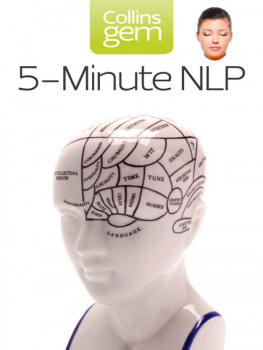
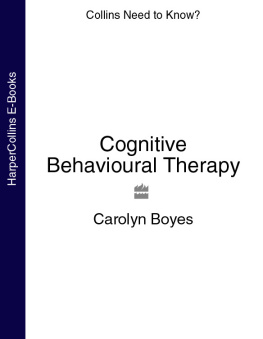



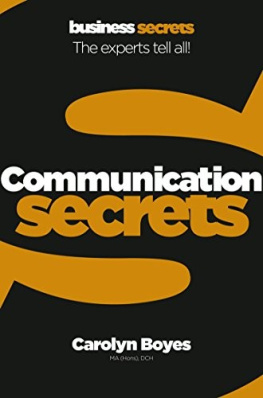

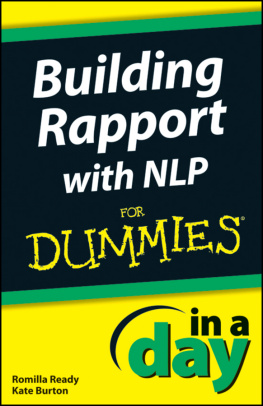
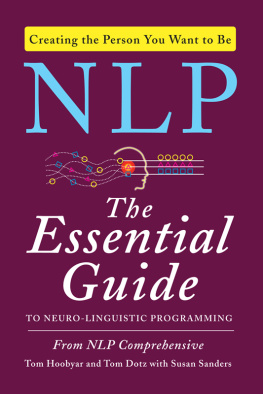
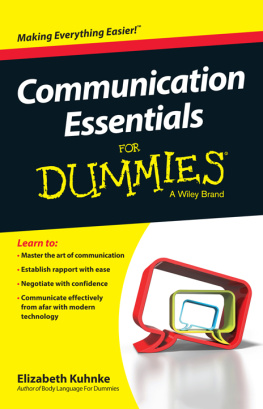
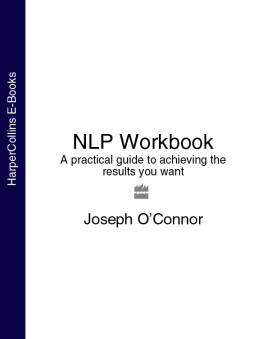
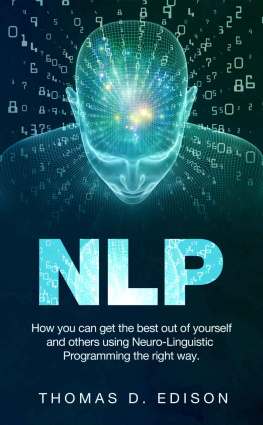
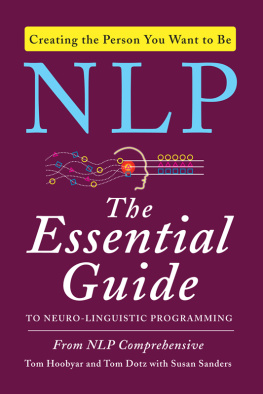


 visual seeing
visual seeing